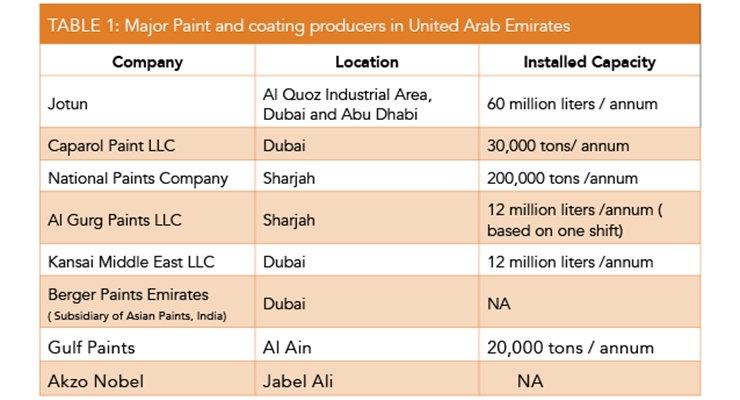The Effect Of Climate Condition On Your Exterior Paint Task
The Effect Of Climate Condition On Your Exterior Paint Task
Blog Article
Material Composed By-Walls Pedersen
Recognizing just how weather conditions can influence the result of an external paint endeavor is extremely important for accomplishing a flawless surface. From temperature level changes changing paint bond to humidity levels affecting drying out times, each component of climate plays a considerable role in the success of your task. Furthermore, wind speed and precipitation can introduce unanticipated obstacles that may compromise the quality of the result. As see here now browse through the nuances of climate's impact on exterior painting, it ends up being evident that meticulous preparation and strategic timing are vital for ensuring a professional and long lasting end result.
Ideal Temperature Range for Painting
When considering exterior paint jobs, the perfect temperature array plays an important duty in accomplishing optimal results. Painting in the right temperature conditions makes sure that the paint sticks effectively to the surface, dries equally, and treatments effectively. Typically, the advised temperature array for external painting is between 50 to 85 levels Fahrenheit.
Painting in temperatures listed below 50 levels Fahrenheit can lead to concerns such as inadequate paint adhesion, prolonged drying out times, and an enhanced likelihood of cracking or peeling.
On the other hand, paint in temperature levels above 85 degrees Fahrenheit can cause the paint to completely dry too promptly, bring about blistering, gurgling, and an irregular coating.
To attain the best outcomes, it is vital to check the weather report before starting an external painting task. Preferably, purpose to paint during mild weather conditions with moderate temperature levels and reduced moisture degrees.
Impacts of Humidity on Paint Drying
Moisture levels considerably affect the drying out process of paint put on exterior surfaces. High moisture can extend the drying out time of paint, bring about possible problems such as dripping, streaking, and even the formation of bubbles on the repainted surface. Excess moisture in the air reduces the evaporation of water from the paint, hindering the curing procedure. This is especially problematic for water-based paints, as they rely upon evaporation for drying out.
On the other hand, low humidity levels can likewise affect paint drying. Incredibly dry conditions might trigger the paint to dry as well quickly, leading to bad adhesion and a harsh finish. In such cases, including a paint conditioner or splashing a fine mist of water airborne can help manage moisture degrees and boost the paint end result.
To ensure ideal drying problems, it is suggested to paint when the humidity levels range in between 40% and 50%.
Tracking humidity degrees and taking proper procedures can aid accomplish a smooth and sturdy paint coating on outside surface areas.
Wind and Precipitation Considerations
Wind rate and precipitation are essential aspects that dramatically impact the success of an outside paint task.
When it concerns wind, both rate and instructions are vital factors to consider. High wind rates can trigger paint to dry too quickly, leading to a below average completed with prospective concerns like fracturing or unequal structure. Furthermore, https://www.housebeautiful.com/uk/decorate/walls/g42332729/farrow-ball-colours-real-homes/ can lug debris that might adhere to the damp paint, causing flaws. Therefore, painters should intend to work on days with light to modest winds for ideal paint problems.
On the other hand, rainfall, whether rainfall or snow, can be incredibly detrimental to the end result of an external paint task. Dampness from rainfall can hinder paint attachment, causing peeling and bubbling over time. It is important to stay clear of paint during rainy or snowy climate to ensure the longevity and quality of the paint work. Painters ought to likewise allow enough time for the surface area to completely dry extensively after any precipitation before starting or resuming the painting process.
Final thought
In conclusion, weather conditions play a substantial duty in the result of an outside paint project. The excellent temperature level range, moisture degrees, wind rate, and rainfall all add to the success or failing of the paint task.
It is important to take into consideration these factors and plan as necessary to make sure proper paint adhesion, drying times, and overall top quality of the ended up item.
